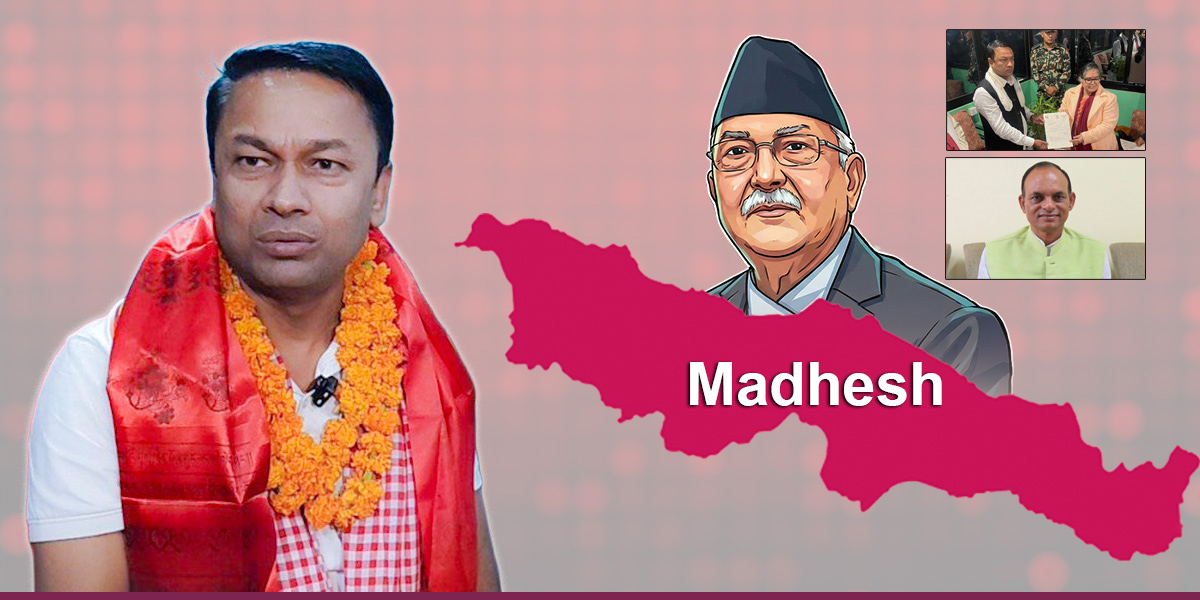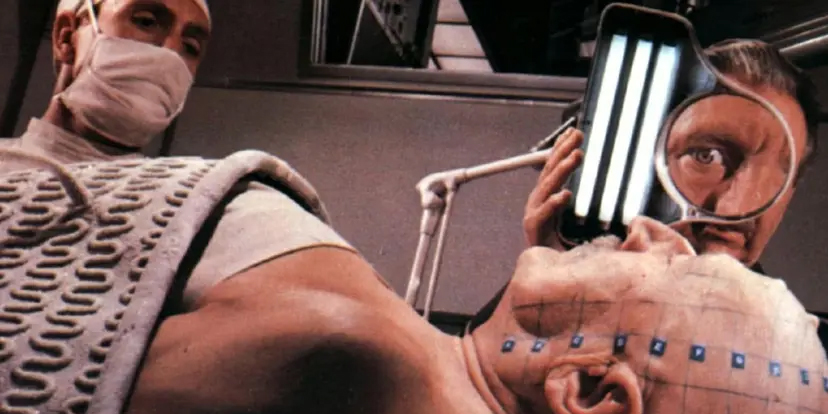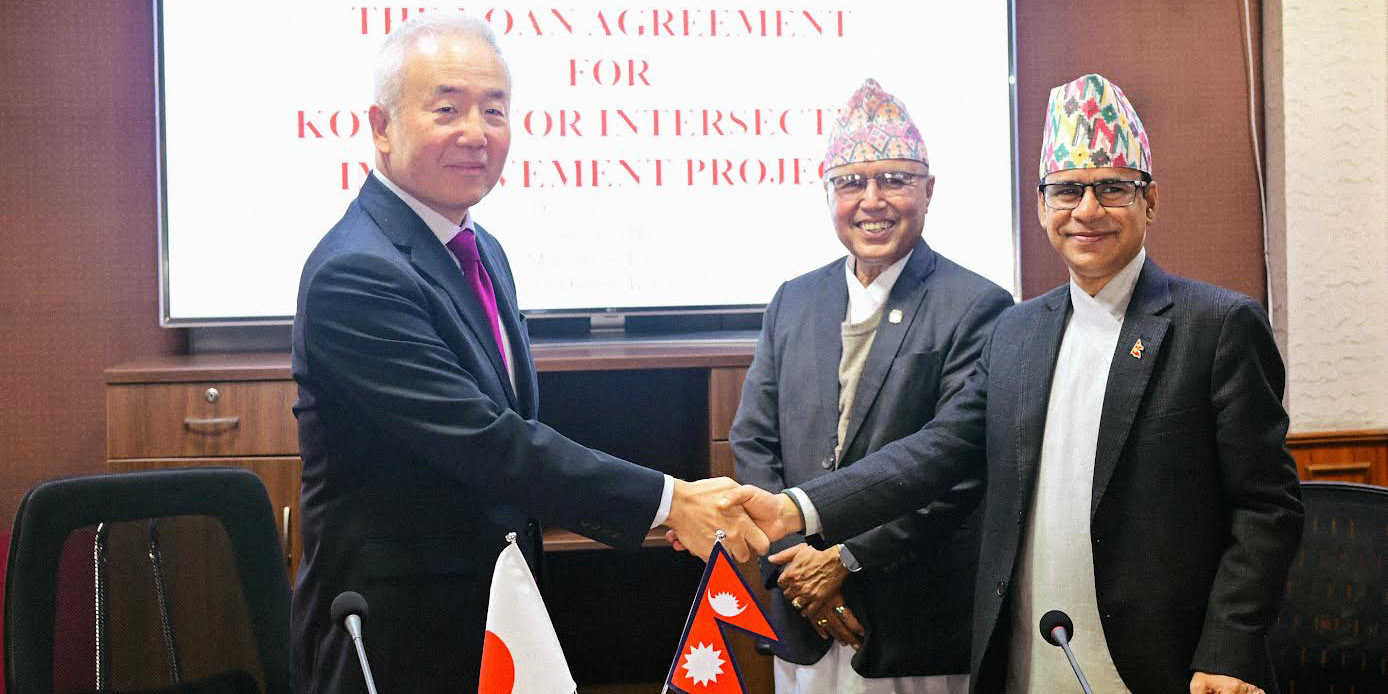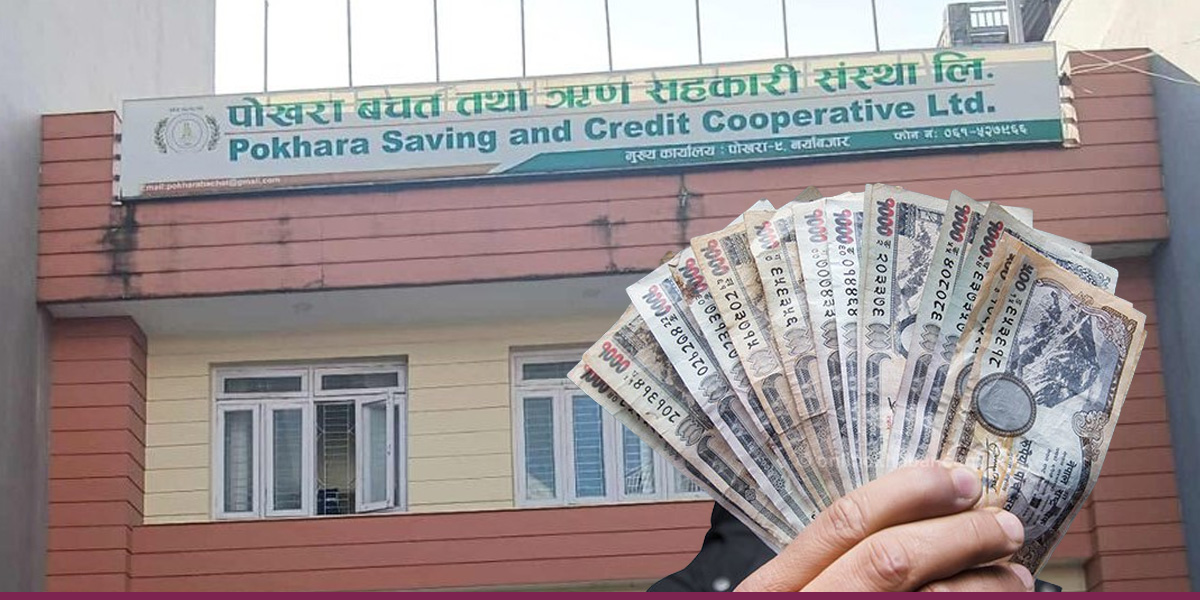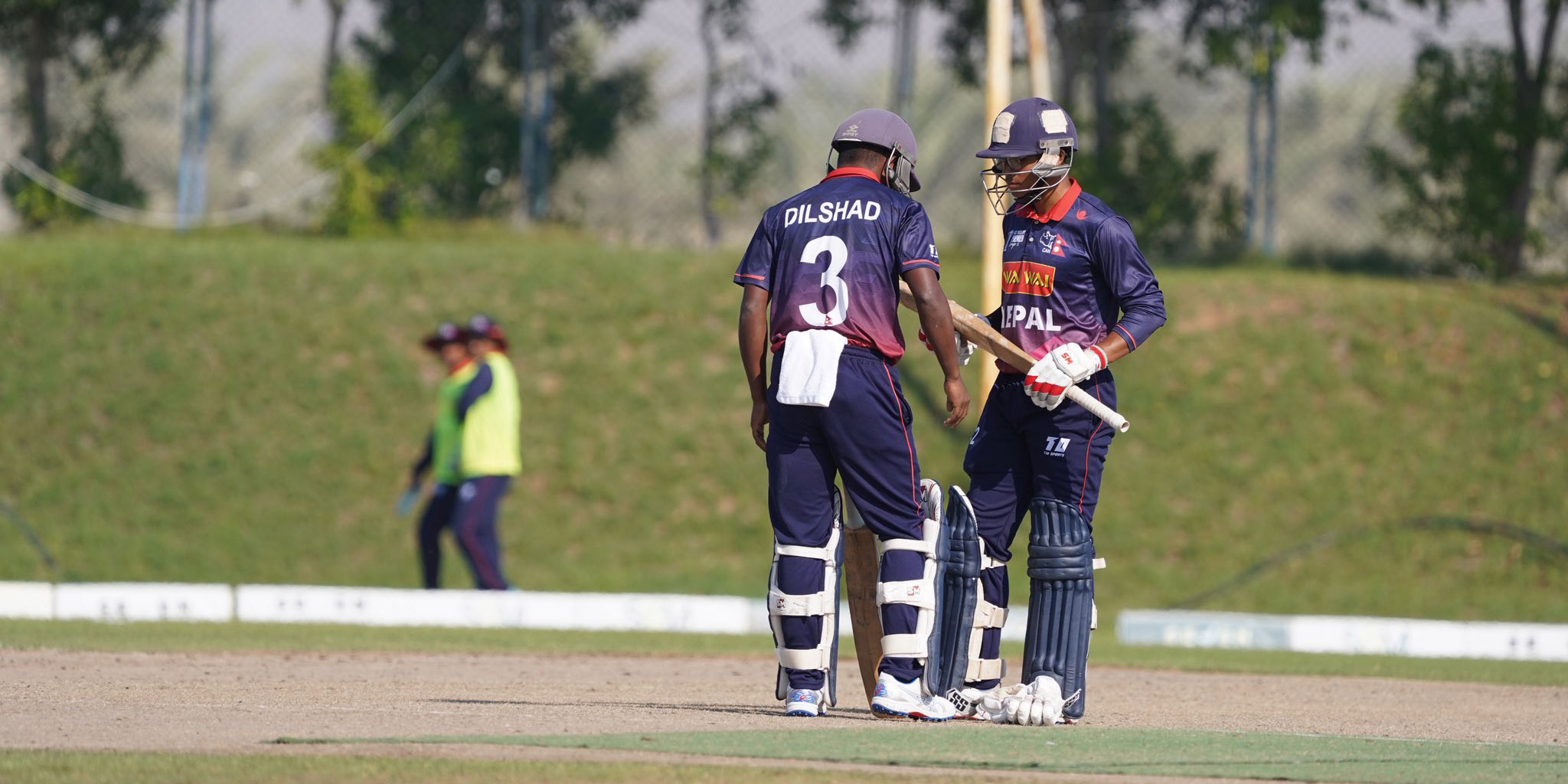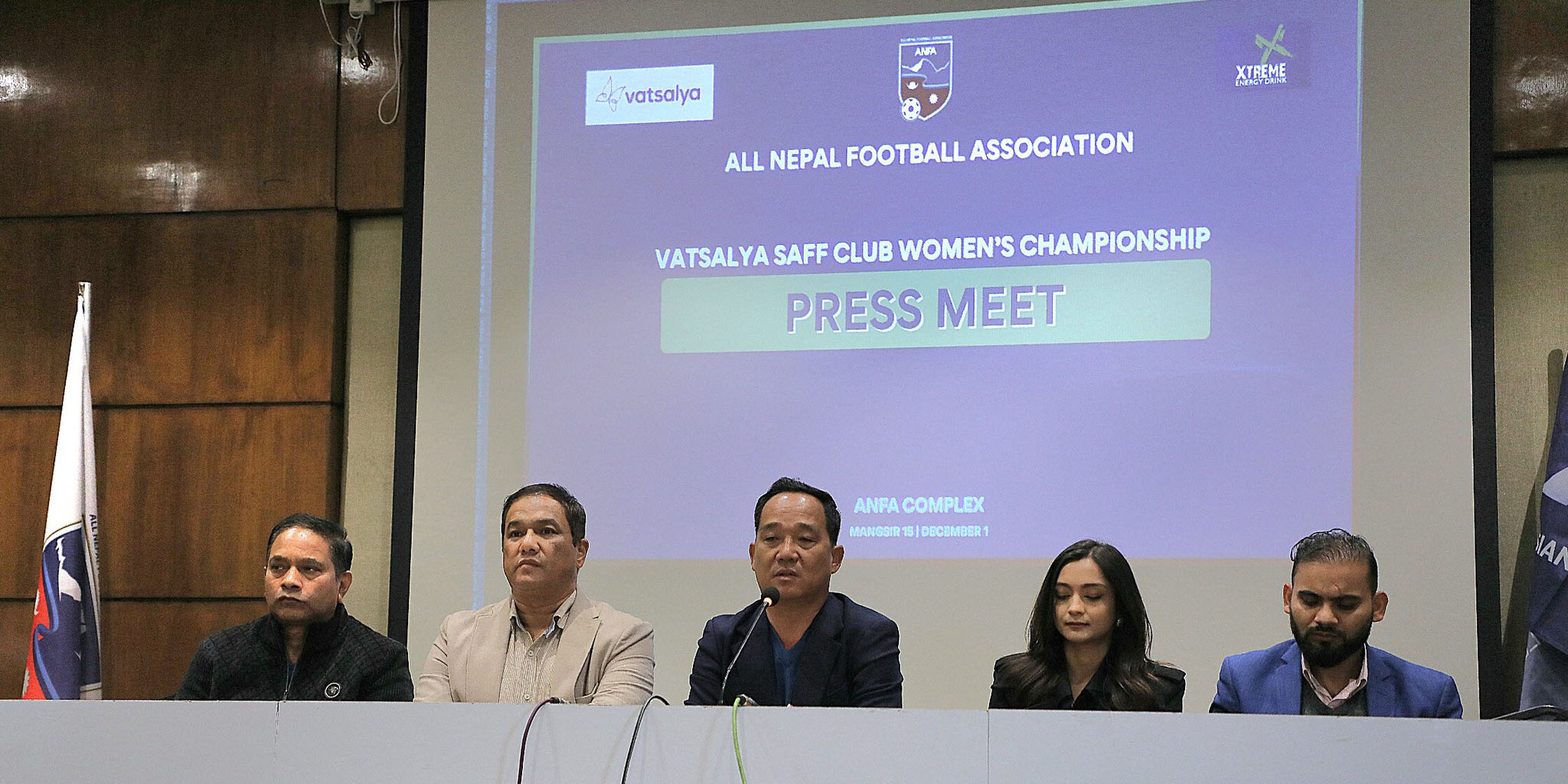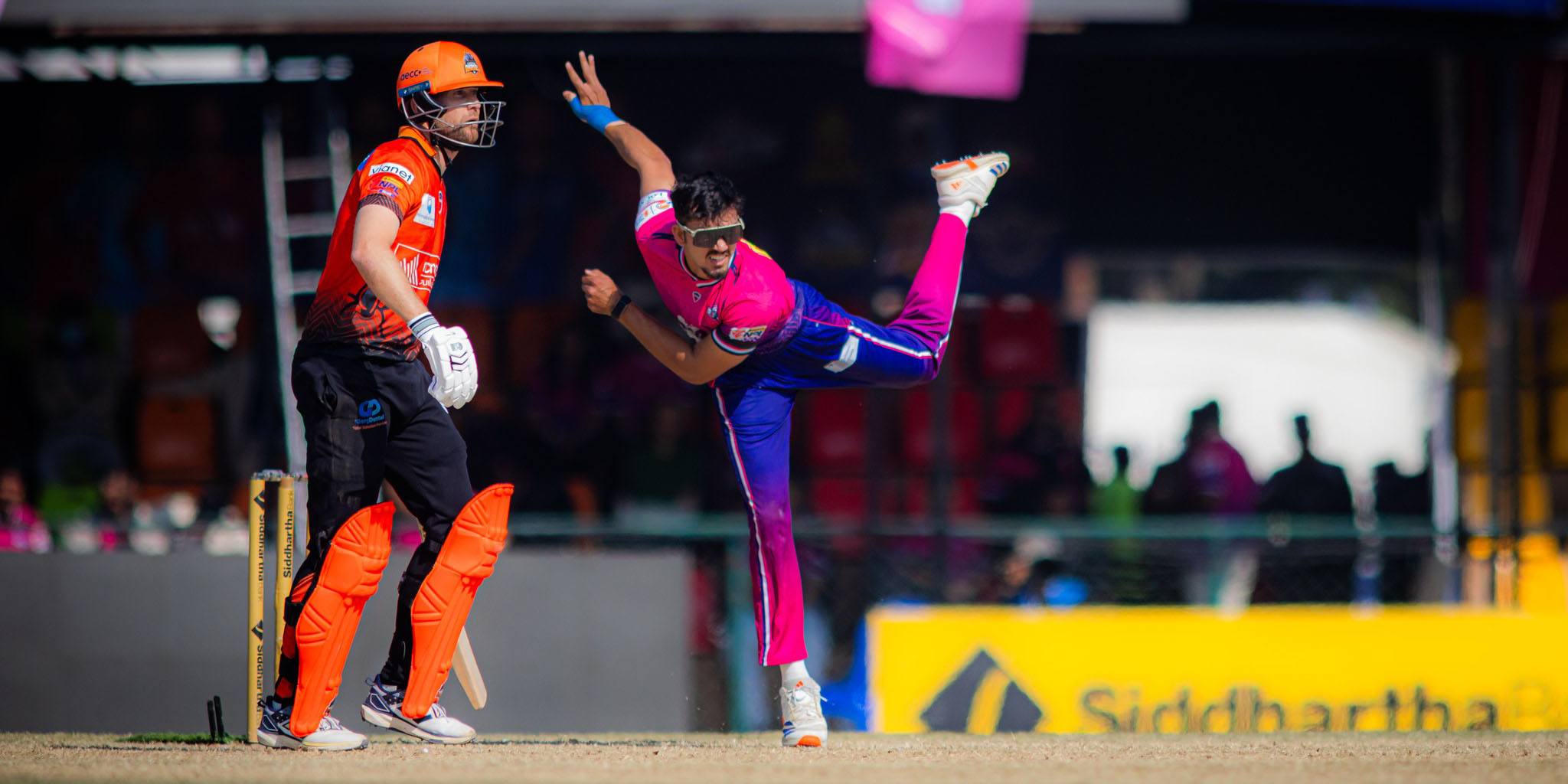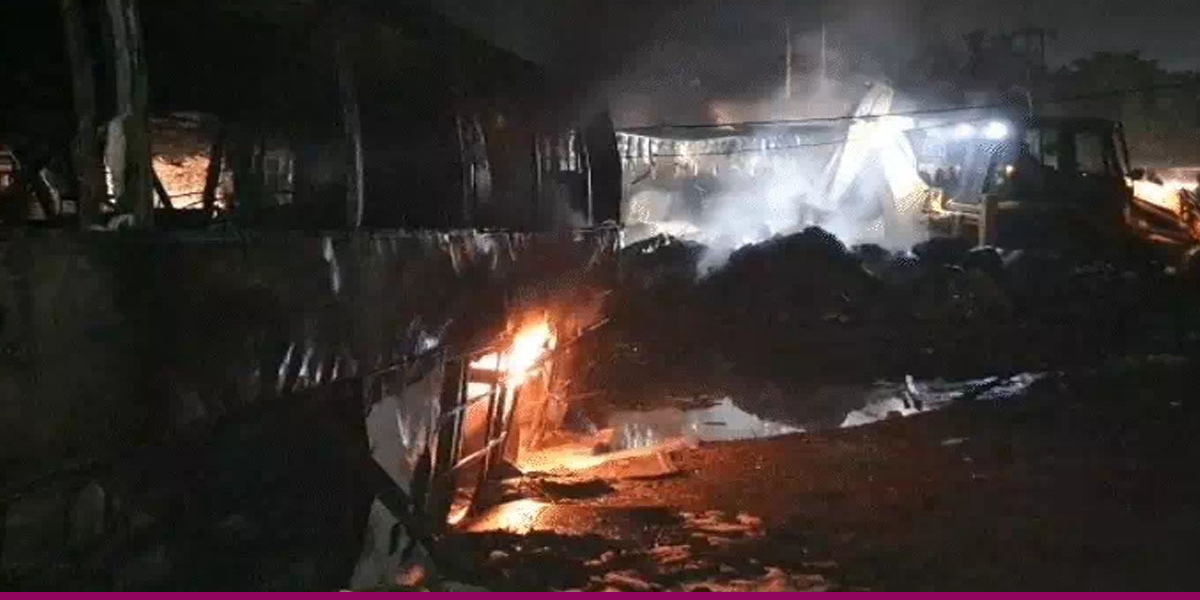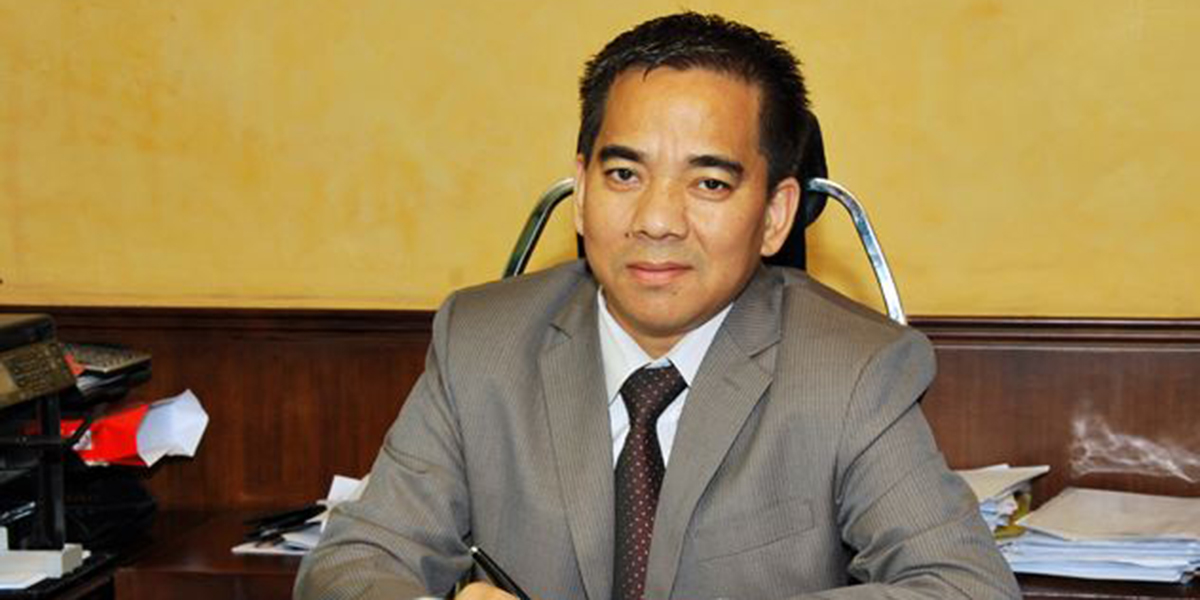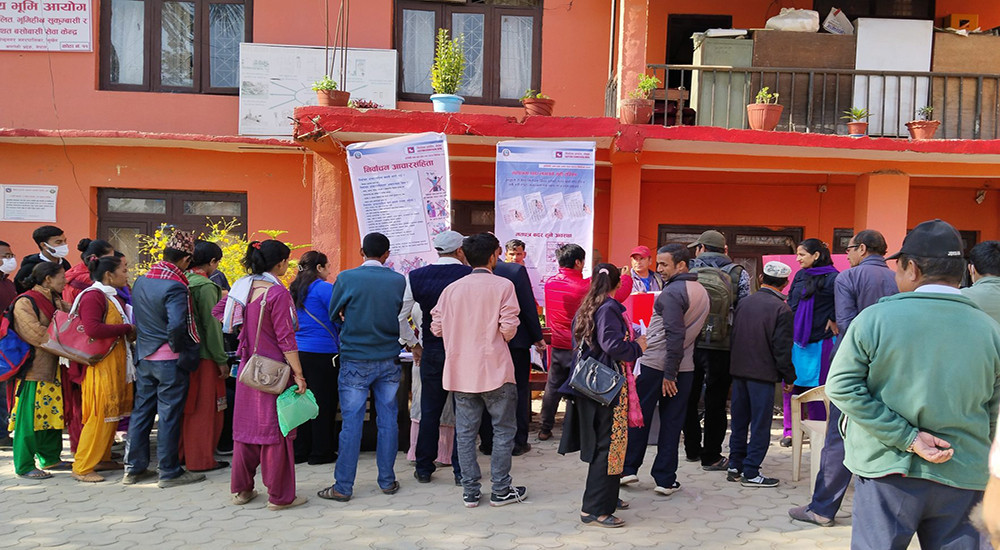
KATHMANDU: People across the country are voting to elect their representatives for the next five years on Sunday.
A total of 61 political parties are participating in first past the post (FPTP) voting and 47 in proportionate representation (PR) system, according to the Election Commission.
As per the Political Parties Act, 2017, political parties must win one FPTP seat and get a minimum of three percent of total votes cast to get ‘national party’ status. “Only the parties getting a minimum of 3% votes under PR system and winning a minimum of one seat in FPTP voting will be recognized as a national party,” Article 52 of the Act states.
If the parties fail to win a minimum of one FPTP seat and three percent of PR votes, they won’t be represented in the parliament.
As per the Act, if candidates of a political party win FPTP voting but the party failed to get three percent of the total PR votes cast, such candidates will be treated as independent candidates in the parliament.
Rajendra Lingden of Rastriya Prajatantra Party, Durga Poudel of Rastriya Jana Morcha, Prem Suwal of Nepal Workers and Peasants Party, among others, won FPTP in the 2017 election, but their respective parties failed to get 3% of the total votes cast. Therefore their status was of an independent candidate in the parliament.
Lawmakers of parties, which fail to win at least one FPTP seat but get 3% of the total PR votes cast, will get the status of an independent candidate in the parliament.
“Such candidates won’t get facilities enjoyed by a national party. They cannot elect their leaders and also cannot open their parliamentary office,” deputy spokesperson of the Election Commission, Surya Prasad Aryal, said.


